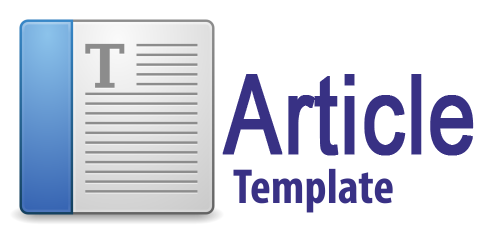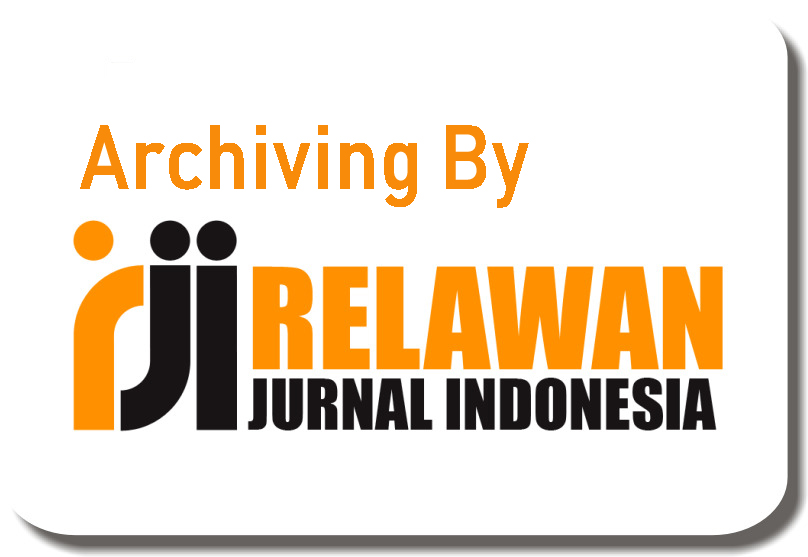Empowering Eleventh Graders’ Speaking Proficiency through a Humanistic Approach
Abstract
This study investigates the implementation of a Humanistic Approach—emphasizing self-esteem, emotional engagement, and student-centered learning—to improve the speaking abilities of eleventh-grade students at a senior high school in expressing feelings of love during the 2024/2025 academic year. Utilizing Classroom Action Research (CAR), the intervention aimed to address challenges such as low self-confidence, limited vocabulary, and reliance on traditional teaching methods. The research was conducted in two cycles, each involving stages of planning, action, observation, and reflection. Data were gathered through observation sheets, oral tests, and video recordings. Findings indicate that the Humanistic Approach significantly enhanced students’ speaking fluency. While Cycle I showed only modest gains, Cycle II demonstrated substantial improvement, with 79.16% of students reaching the expected competency levels. These results underscore the effectiveness of a humanistic, student-centered methodology in creating a supportive environment that fosters oral language development.
Keywords
Full Text:
PDFReferences
Arikunto, S., dkk. (2003). Penelitian Tindakan Kelas. Jakarta: Grafika Jakarta.
Brown, E. (2021). Interpersonal skills in education: A humanistic approach. Teaching and Teacher Education, 98, 103322.
Brown, H. D. (2006). Principles of language learning and teaching (5th ed.). Pearson Education.
Burns, A. (2019). Doing action research in English language teaching: A practical guide. Routledge.
Case, A. (2009). “Something completely different”: A review on Humanizing Your Coursebook by Mario Rinvolucri. Retrieved from http://www.telf.net/reviews/Humanising-Your-Coursbook.htm (Accessed May 2011).
Celce-Murcia, M., & Olshtain, E. (2000). The purpose of teaching speaking.
Chan, C., & Hyland, K. (2021). Understanding the influence of affective factors on speaking skills in second language learning. Journal of Language Teaching and Research, 12(1), 45–56. https://doi.org/10.17507/jltr.1201.06
Doe, J. (2020). Exploring motivation in education: A humanistic perspective. Educational Psychology Review, 32(2), 375–392.
Douglas, Brown. (2004). Language Assessments. United States of America.
Dr. H. E. Syarifudin, M. Pd., dkk. (2007). Strategi Belajar dan Mengajar. Serang.
Edge, J. (2001). Action Research. TESOL. United States of America.
Elliott, J. (2020). Action research for educational change. McGraw-Hill Education.
Harmer, J. (2015). The practice of English language teaching (5th ed.). Pearson Education.
Hornby, A. S. (1995). Oxford Advanced Learner’s Dictionary of Current English. Oxford University Press.
Hughes, A. (2003). Testing for language teachers (2nd ed.). Cambridge University Press.
Hughes, A. (1993). Testing for Language Teacher. Cambridge University Press.
Huitt, B. (2009). Humanistic approach to teaching: A link to “An Overview of Humanistic Education.” Accessed May 2011.
Johnson, T. (2021). Benefits of humanistic teaching methods in language education. International Journal of Applied Linguistics, 31(4), 545–559.
Jones, A. (2020). Flexible learning: Student choice within the humanistic approach. Educational Studies, 55(3), 327–340.
Kerr, P. (2007). “Humanizing – What’s in a Word?” Major Articles in Humanistic Language Teaching. Accessed June 2011.
Lee, A. (2022). Creating self-acceptance in the classroom: A humanistic approach to teaching. Journal of Educational Research, 115(3), 295–306.
Lee, A. (2023). Implementing humanistic principles in language education. Journal of Humanistic Education, 20(1), 120–135.
Michael, E. (1950). Measurement and evaluation in teaching. Harper & Row.
Munjayanah, M. (2013). The role of teaching speaking in language learning. Journal of English Language Teaching, 6(4), 180–189. https://doi.org/10.24036/3088.001
Murcia, M. (2001). Teaching English as a second or foreign language (3rd ed.). Thomson Learning.
Nunan, D. (2003). Practical English Language Teaching. McGraw-Hill.
Nurgiantoro, B. (1986). Penelitian dan Pengajaran Bahasa dan Sastra. Yogyakarta: BPFE.
O’Brien, R. (2021). An overview of action research. Journal of Effective Teaching, 21(2), 110–121.
O’Connor, M., & Ruddock, M. (2020). The importance of effective speaking skills in communication. Communication Research Reports, 37(2), 210–218. https://doi.org/10.1080/08824096.2020.1715502
Oxford, R. L., & Nyikos, M. (2022). Variables affecting choice of language learning strategies: A symptomatic approach. International Review of Applied Linguistics in Language Teaching, 60(3), 233–254. https://doi.org/10.1515/iral-2021-0074
Rachmatulla, Z., & Kalyan, H. (2021). The impact of a humanistic approach on language acquisition. International Journal of Educational Research and Development, 9(4), 47–55. https://doi.org/10.11648/j.ijer.20210904.11
Rivers, W., & Temperly, M. (1978). A Practical Guide to the Teaching of English as a Second or Foreign Language. New York.
Rivers, W. M. (1981). Teaching Foreign-Language Skills. University of Chicago Press.
Rodger, M. (2021). Effective speaking: Engaging language learners. International Journal of English Language Education, 9(1), 15–25. https://doi.org/10.5296/ijele.v9i1.18182
Silabus KTSP. (2006). Silabus KTSP Negeri 1 Lahewa. Lahewa.
Smith, J. (2020). The role of speaking in language acquisition: A new perspective. Foreign Language Annals, 53(1), 112–128. https://doi.org/10.1111/flan.12495
Smith, L. (2022). Understanding the humanistic approach: Principles and practices in education. International Journal of Behavioral Education, 14(3), 215–229.
Smith, L., & Jones, M. (2021). Student self-concept and motivation: A humanistic approach. Humanistic Education Journal, 19(1), 55–67.
Smithson, K. (2021). Challenges in humanistic teaching methodologies. Journal of Innovative Education, 18(4), 344–359.
Stevick, E. W. (1990). Humanism in Language Teaching. Oxford University Press.
Stringer, E. T. (2014). Action Research. Sage Publications.
Tim Penyusun. (2009). Pedoman Penulisan Skripsi (Edisi Ketiga). IKIP Gunungsitoli.
Tomlinson, B. (2009). “Humanizing the language class.” Guidelines: A Magazine for Language Teachers, Singapore: RELC. Accessed June 2011.
Urdang, L. (1969). The Random House Dictionary. USA.
DOI: https://doi.org/10.31004/jele.v10i3.894
Refbacks
- There are currently no refbacks.
Copyright (c) 2025 Afore Tahir Harefa , Feliks Rejeki Sotani Zebua

This work is licensed under a Creative Commons Attribution-ShareAlike 4.0 International License.



